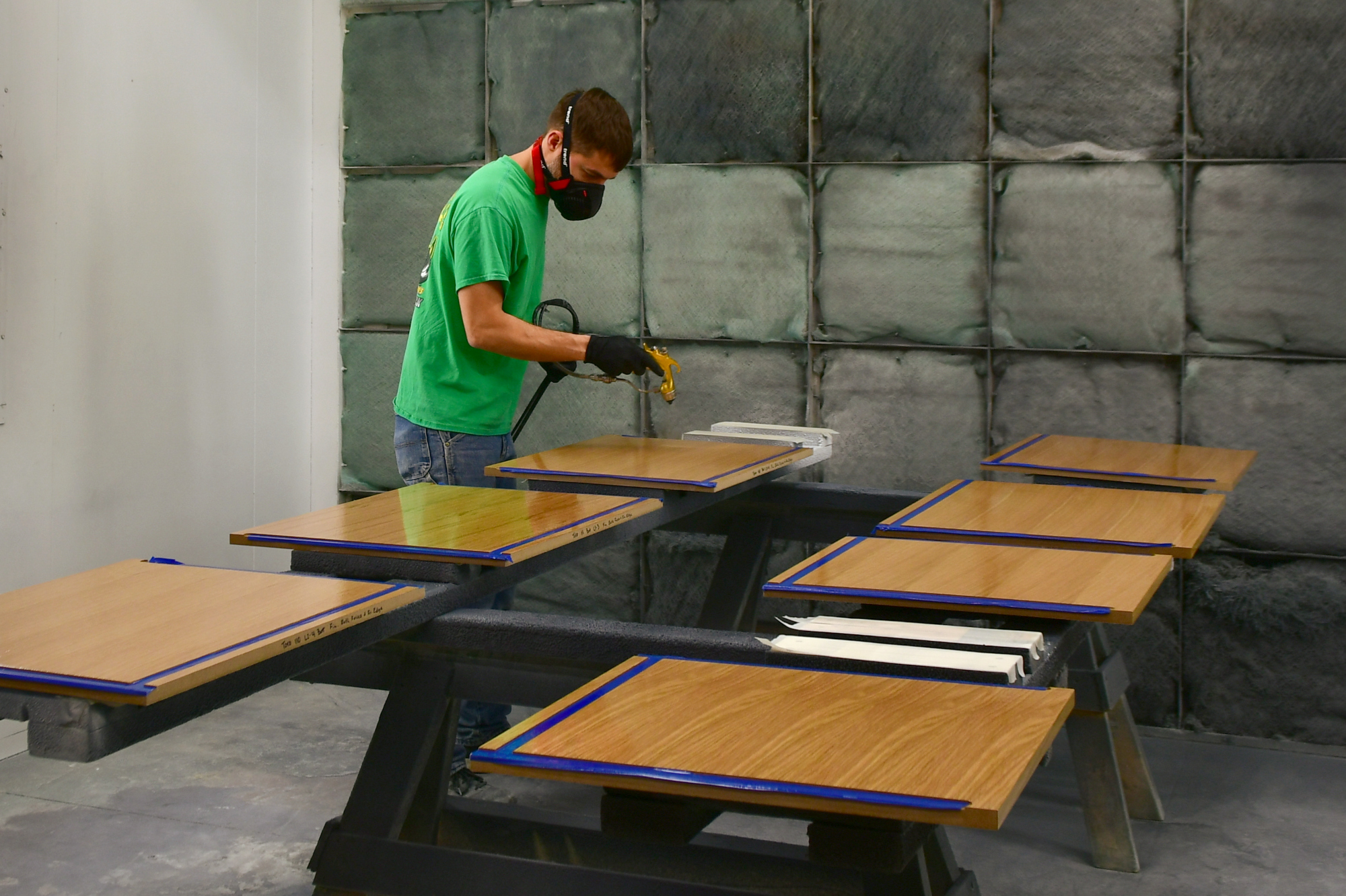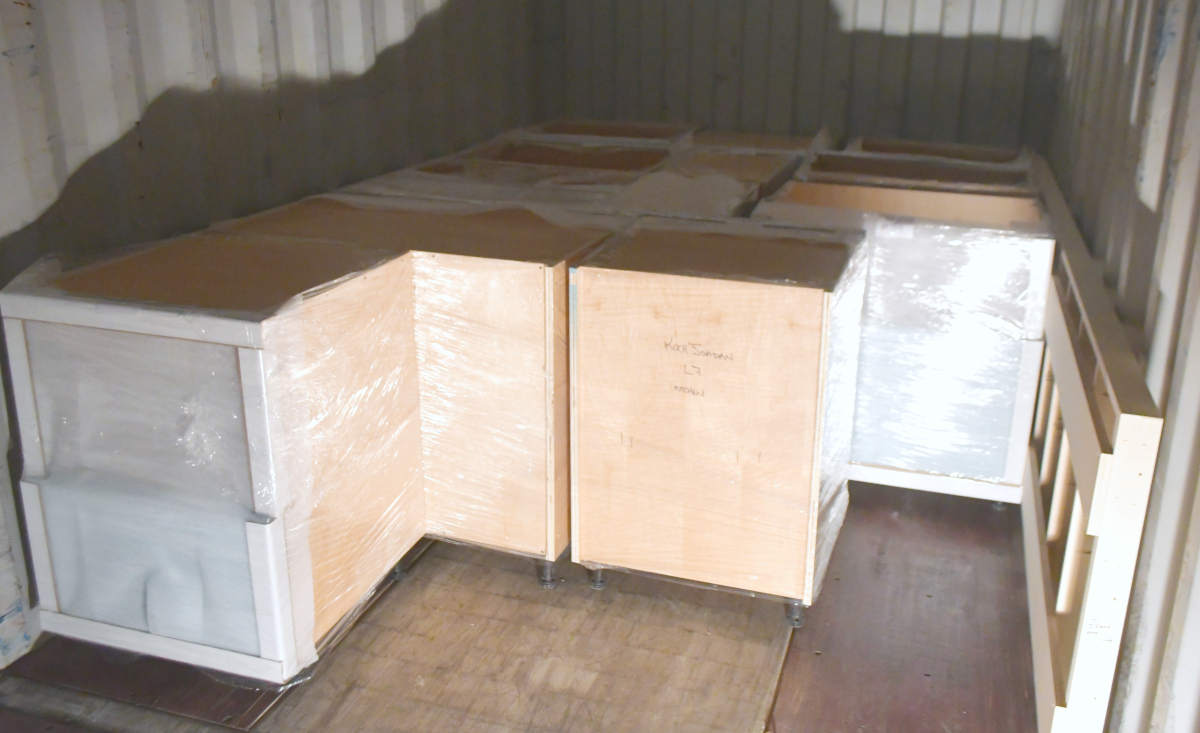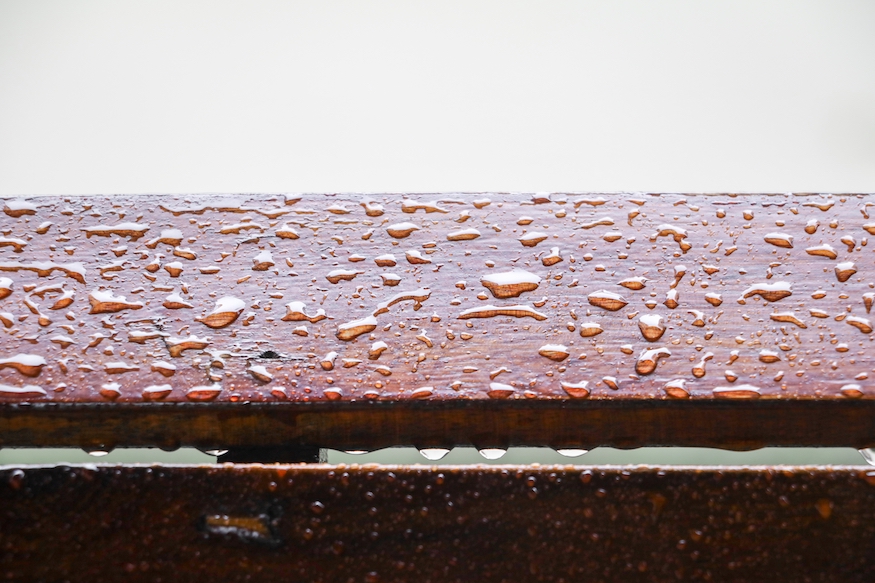
Finishing wood requires a lot of skill, patience, and knowledge. With all the variables that apply to this part of our process – including environmental sustainability, the probability of running into an array of problems is likely. Besides – wood looks good in its raw, unfinished state. So if it opens the door to complications, and if wood looks fine unfinished….Why do we even finish it? Put simply, it sanitizes and preserves, stabilizes, and adds unique aesthetics to the finished product.
There are countless holes in any given piece of wood, called pores. Pores can accumulate dirt, dust, molds, fungi, bacteria, and grime. Obviously, dirty, grimy wood isn’t a characteristic we look for when picking out a new piece of furniture. It’s ugly. But grimy, unfinished wood can also become a breeding place for bacteria over time. Finishing the wood seals up the natural pores in the surface of the wood, eliminating the chance of soiling the wood and making it easier to keep clean.
Wood contains moisture, called “moisture content” that changes with the moisture in our environment, called either liquid water or water vapor/humidity. Wood that is exposed to high humidity will absorb the humidity around it. As it absorbs humidity, it expands and swells. On the contrary, if you place wood in a dry environment, the wood releases what moisture it has been holding and ultimately shrinks. As wood “moves” with humidity changes, it very rarely changes consistently.
Usually, the surface of the wood moves or responds to humidity long before the core will. As it swells and contracts, it tends to do so across the grain instead of with it. The accumulation of these different responses within the wood creates a lot of stress in the wood and the joints within wood furniture or cabinetry. Results of these stresses can lead to splitting, warping, and joint failure. Finishing wood provides a seal, or barrier, that limits moisture changes and wood movement. Generally, the thicker the coating of the finish, the better it works in preventing moisture exchange.
In addition to protecting wood from dirt, grime, and moisture fluctuations, finishing wood is aesthetically pleasing. It allows us to personalize and customize our product with endless possibilities. Sometimes, something as simple as an oil is enough to transform a wooden box into a beautiful chest. The number of options in decorating wood are infinite, but each option can be grouped into one of three categories: color, texture, and sheen.
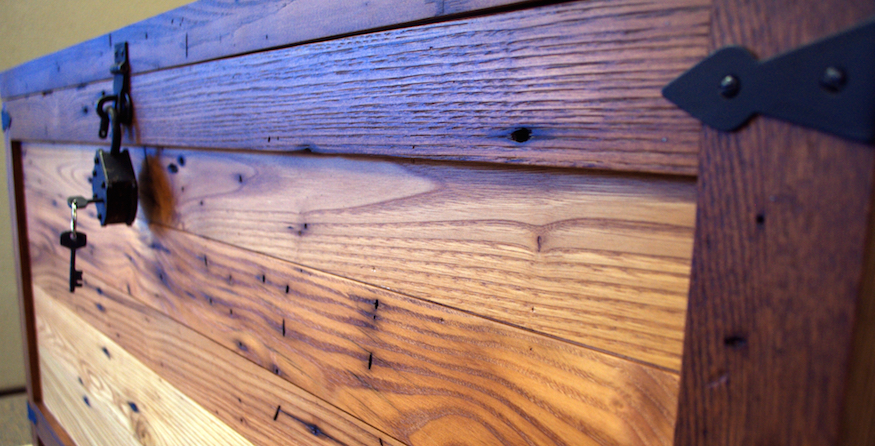
Color can be applied to wood in four different ways. Bleaching takes the color out of wood, often by chemical reactions. Staining wood directly amplifies both its figure and grain. Glazing is adding a colorant to the wood between coats of finish. It typically changes the tone of the wood and can highlight recesses. Painting, shading, and toning wood all change the tone of the wood without highlighting figure, recesses, or pores.
Wood naturally has texture. Preserving the natural texture with oil or wax is an excellent way to get a “natural wood look”, however, you can get the same look with varnish, shellac, lacquer, or water base if the coats are kept very thin.
The amount of gloss within a given finish is called sheen. Some finishes have sheen “built in” and typically, these finishes come as gloss, satin, or flat sheen. Another way to achieve a given sheen is by rubbing or polishing the cured finish until it resembles the desired results.
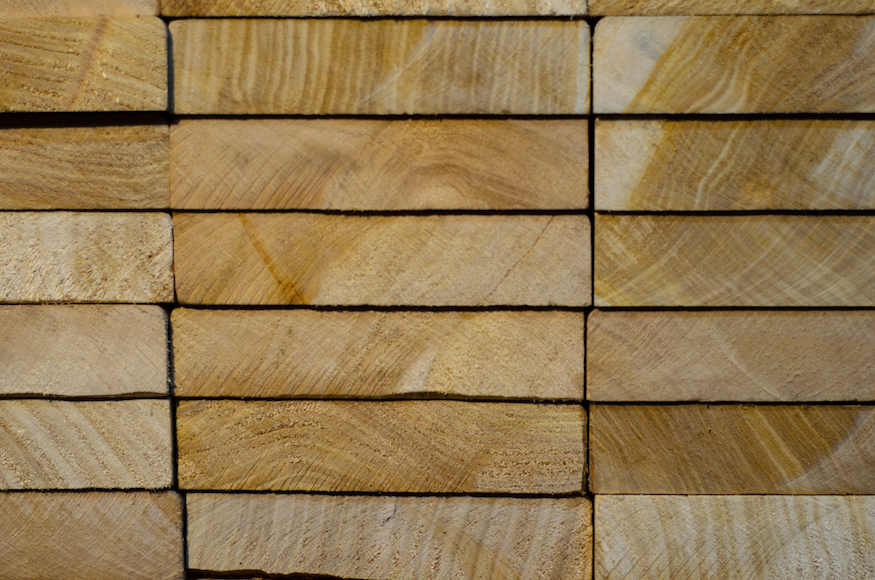
Most obviously, we finish wood to make it look pretty and unique. But also importantly, we finish wood to maintain its size, shape and strength. Yep, wood looks cool without finish and it takes a very skilled, patient person to achieve a good finish. But centuries of the woodworking craft have proven it to be a necessary step in the process.
